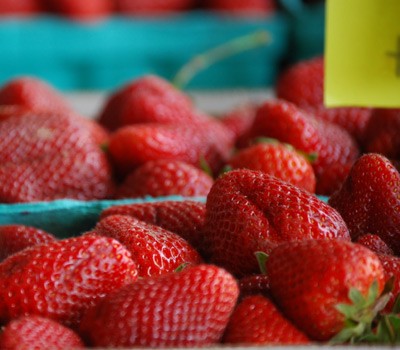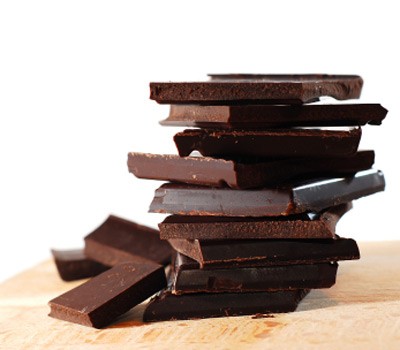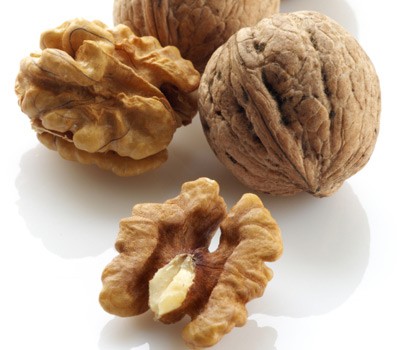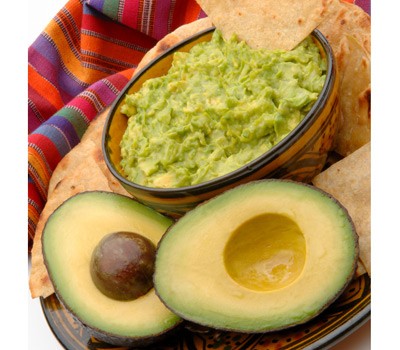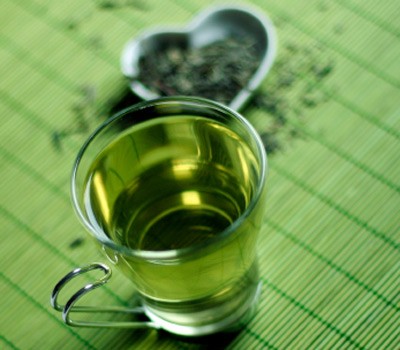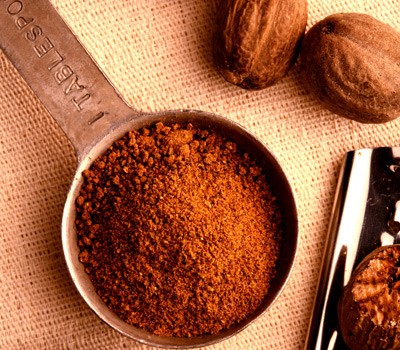The Top 5 Foods to Lower Your Cholesterol
Can a handful of walnuts help prevent a heart attack? How about a bowl of oatmeal, or even a baked potato topped with some heart-healthy margarine? A few simple tweaks to your diet may be enough to lower your cholesterol to a healthy level and help you stay off medications.
Walnuts, almonds and more
Many studies have shown that walnuts can significantly reduce blood cholesterol. Walnuts are rich in polyunsaturated fatty acids, which helps keep blood vessels healthy and elastic. Almonds and some other nuts also have a similar effect.
According to the Food and Drug Administration, eating about a handful (1.5 ounces, or 42.5 grams) a day of most nuts, such as almonds, hazelnuts, peanuts, pecans, some pine nuts, pistachio nuts and walnuts, may reduce your risk of heart disease.
But all nuts are high in calories, so be sure to limit yourself to about a handful. As with any food, eating too much can cause weight gain, and being overweight places you at higher risk of heart disease. To avoid gaining weight, replace foods high in saturated fat with nuts. For example, instead of using cheese, meat or croutons in your salad, add a handful of walnuts or almonds.
Oatmeal and oat bran
Oatmeal contains soluble fiber, which reduces your low-density lipoprotein (LDL), the “bad” cholesterol. Soluble fiber is also found in such foods as kidney beans, apples, pears, psyllium, barley and prunes.
Soluble fiber reduces the absorption of cholesterol in your intestines. Ten grams or more of soluble fiber a day decreases your total and LDL cholesterol. Eating 1 1/2 cups of cooked oatmeal provides 6 grams of fiber. If you add fruit, such as bananas, you’ll add about 4 more grams of fiber. To mix it up a little, try steel-cut oatmeal or cold cereal made with oatmeal or oat bran.
Fish and omega-3 fatty acids
Research has supported the cholesterol-lowering benefits of eating fatty fish because of its high levels of omega-3 fatty acids. Omega-3 fatty acids also help the heart in other ways such as reducing blood pressure and the risk of blood clots. In people who have already had heart attacks, fish oil — or omega-3 fatty acids — significantly reduces the risk of sudden death.
Doctors recommend eating at least two servings of fish a week. The highest levels of omega-3 fatty acids are in mackerel, lake trout, herring, sardines, albacore tuna and salmon. However, to maintain the heart-healthy benefits of fish, bake or grill it. If you don’t like fish, you can also get omega-3 fatty acids from foods like ground flaxseed or canola oil.
You can take an omega-3 or fish oil supplement to get some of the beneficial effects, but you won’t get all the other nutrients in fish, like selenium. If you decide to take a supplement, just remember to watch your diet and eat lean meat or vegetables in place of fish.
Olive oil
Olive oil contains a potent mix of antioxidants that can lower your “bad” (LDL) cholesterol but leave your “good” (HDL) cholesterol untouched.
The Food and Drug Administration recommends using about 2 tablespoons (23 grams) of olive oil a day to get its heart-healthy benefits. To add olive oil to your diet, you can saute vegetables in it, add it to a marinade, or mix it with vinegar as a salad dressing. You can also use olive oil as a substitute for butter when basting meat.
Some research suggests that the cholesterol-lowering effects of olive oil are even greater if you choose extra-virgin olive oil, meaning the oil is less processed and contains more heart-healthy antioxidants. But avoid “light” olive oils. This label usually means the oil is more processed and lighter in color, not fat or calories.
Foods fortified with plant sterols or stanols
Foods are now available that have been fortified with sterols or stanols — substances found in plants that help block the absorption of cholesterol.
Margarines, orange juice and yogurt drinks fortified with plant sterols can help reduce LDL cholesterol by more than 10 percent. The amount of daily plant sterols needed for results is at least 2 grams — which equals about two 8-ounce (237 milliliters) servings of plant sterol-fortified orange juice a day.
Plant sterols or stanols in fortified foods don’t appear to affect levels of triglycerides or of “good” high-density lipoprotein (HDL) cholesterol. Nor do they interfere with the absorption of the fat-soluble vitamins — vitamins A, D, E and K.
The American Heart Association recommends foods fortified with plant sterols for people with levels of LDL cholesterol over 160 milligrams per deciliter (4.1 mmol/L).
Consider your diet first
Before you make other changes to your diet, think about cutting back on the types and amounts of fats you eat, which can raise your cholesterol. That way, you’ll improve your cholesterol levels and health overall.
When cutting fat from your diet, focus on saturated and trans fats. Saturated fats, like those in meat and some oils, raise your total cholesterol. Trans fats, which are sometimes used to make store-bought cookies, crackers and cakes, are particularly bad for your cholesterol levels because they raise low-density lipoprotein (LDL), the “bad” cholesterol and lower high-density lipoprotein (HDL), “good” cholesterol. You should try to limit the number of calories you eat daily to less than 10 percent from saturated fat, and eliminate as many trans fats from your diet as possible.

